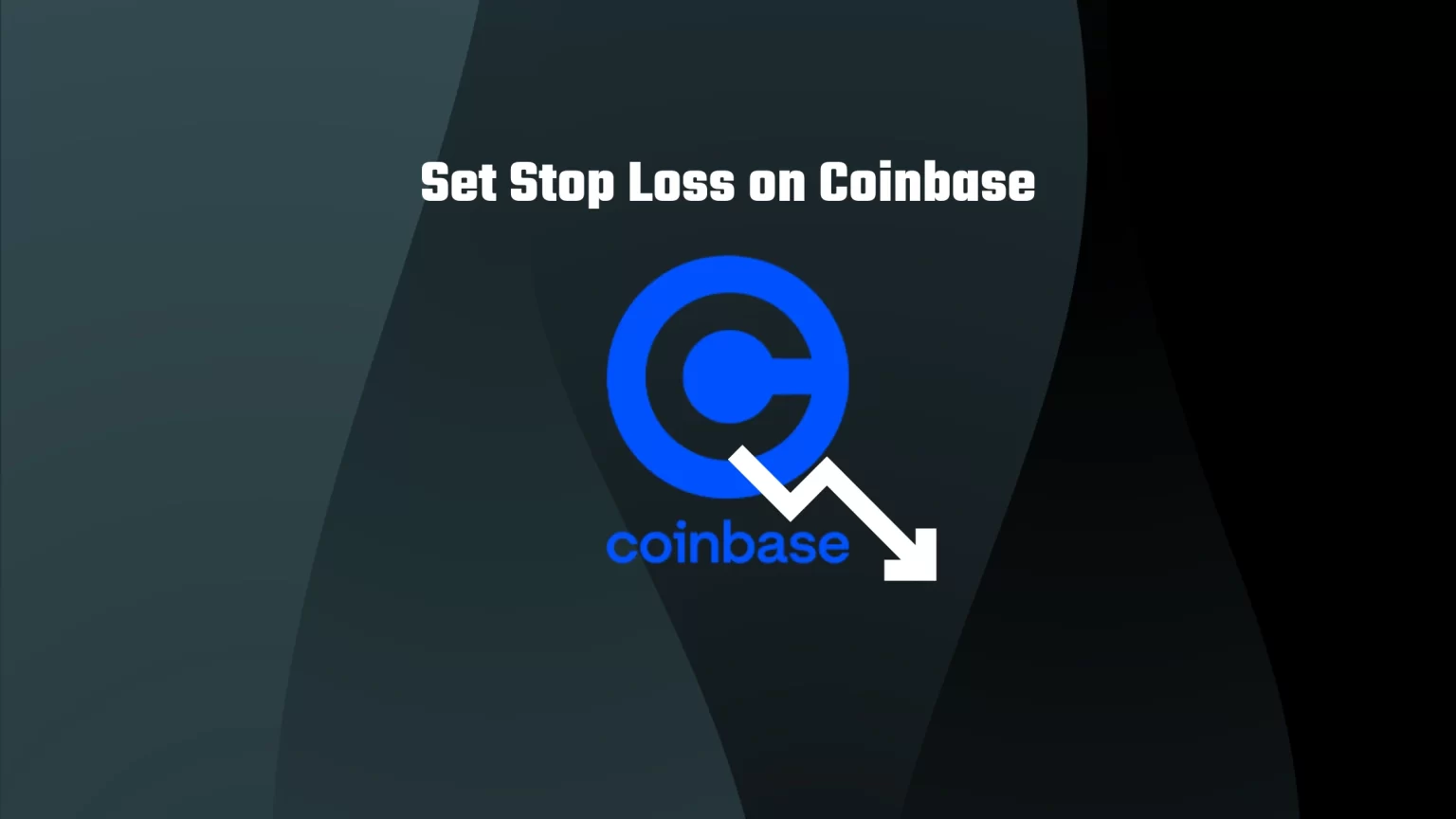Cryptocurrencies tend to be pretty volatile; that’s a known fact.
Setting a stop loss might be a good idea to control your portfolio better. The idea behind it is simple. You can manually buy Bitcoin or your other favorite altcoin, and to protect yourself, you set a stop loss.
So in the case the market reverse, you’re protected against significant losses.
Stop Loss Orders are simple to understand, but many people confuse stop price and limit price. In this article, we’ll explain how stop-loss orders work and how to set them on Coinbase, so you are clear on this once and for all.
What are Stop Loss Orders and How do they Work
Stop-loss orders are a type of order that investors can place on their trades to limit their losses.
When you place a stop loss order, you essentially tell your exchange or broker to automatically sell the investment if it falls to or below a certain price point – stop price.
For instance, let’s say you purchased 1 BTC at $20,000 and placed a stop loss order with a stop price of $19,500. If the coin falls to $19,500 or below, the exchange will automatically sell your asset to limit the potential losses.
Although it’s a great tool to protect your investments from significant losses, they do not guarantee that your asset will be sold at that price.
When you place a stop loss order, once the asset prices fall to your stop price, a new order is added to the order book. But if the market moves really quickly, it might not get fulfilled.
For example, if a crypto whale unloads coins worth millions of dollars to the market, the price might drop far below your stop price. Let’s say that the price of your coins was $100. You set the stop price to $95 and the limit price to $90. But the prices dropped to $80 in a second. In that case, no one would want to buy your coin for $90 when they can buy it for $80 on the market.
With that said, you should carefully consider if using stop loss order is the right move.
What’s the Difference Between Limit Price and Stop Price
When you select to fill a stop loss order on Coinbase, you have to choose two different price points – limit price and stop price.
- The stop price is the price when the order is triggered. The order will activate, and it will be placed in the order book, waiting for fulfillment.
- The limit price is the price at which you will sell your assets. It’s usually set slightly below the stop price to deal with bigger price movements.
Let’s look at the example from the image. In that case, when the price of ETH drops below $2,050 (stop price), the system will automatically place an order at $2,000 (limit price).
How to Set Stop Loss on Coinbase
Stop Loss orders were initially available only on Coinbase Pro, however, Coinbase decided to shut down the Pro version and merge everything into one version. So you can now enjoy this advanced feature on every version of Coinbase.
The process of setting stop loss will be similar in the app and on the website. We’ll be demonstrating it using the website version.
Firstly, log in to your Coinbase account.
Next, you need to have an open position. Or, more precisely, as a beginner trader, you’ll be using stop-loss orders to sell your coins at a specific price if the market moves in the wrong direction. And for that, you have to own that coin first.
As an advanced trader, you may also start shorting crypto. In that case, you’ll place buy stop-loss orders to buy back the crypto you borrowed if the price goes up.
But let’s focus on sell stop-loss orders now. And start by changing the direction of your trade from BUY to SELL.
Once done, you’ll still see the same market options.
You can still choose from a market order, limit order or stop order. Select the third tab – stop order.
Now you can see three different fields:
- Amount: That corresponds to the amount you wish to sell if the price drops.
- Stop price: The price at which the limit order will trigger.
- Limit Price: The price at which you’ll sell.
Fill the fields according to current market conditions. Investors usually set the stop price below 5%. It all comes down to your risk management.
Next, set the limit price slightly below your stop price. That’s another safety net that protects you from big losses. Because if the price dropped more below your stop price and it was set at the same level as the limit price, there might not be any buyers.
And finish it by tapping “Place sell order.”
How to Cancel Limit Order on Coinbase
Your created order will automatically appear in the “Open Orders” section below your chart.
In addition, it will also create a line on your chart at the point of your stop price.
To cancel your limit order, you can easily tap the order you want to cancel and tap the little “X” icon beside it.
Conclusion
Stop Loss order on Coinbase is a great way to limit your losses. By setting a stop-limit order, your assets will be automatically sold if the price drops to your stop price.
The most important thing is not to get confused between the stop price and the limit price. The stop price is the price at which your order will trigger, and the limit price is the price at which your assets will be sold.



